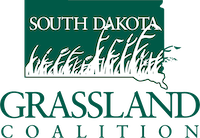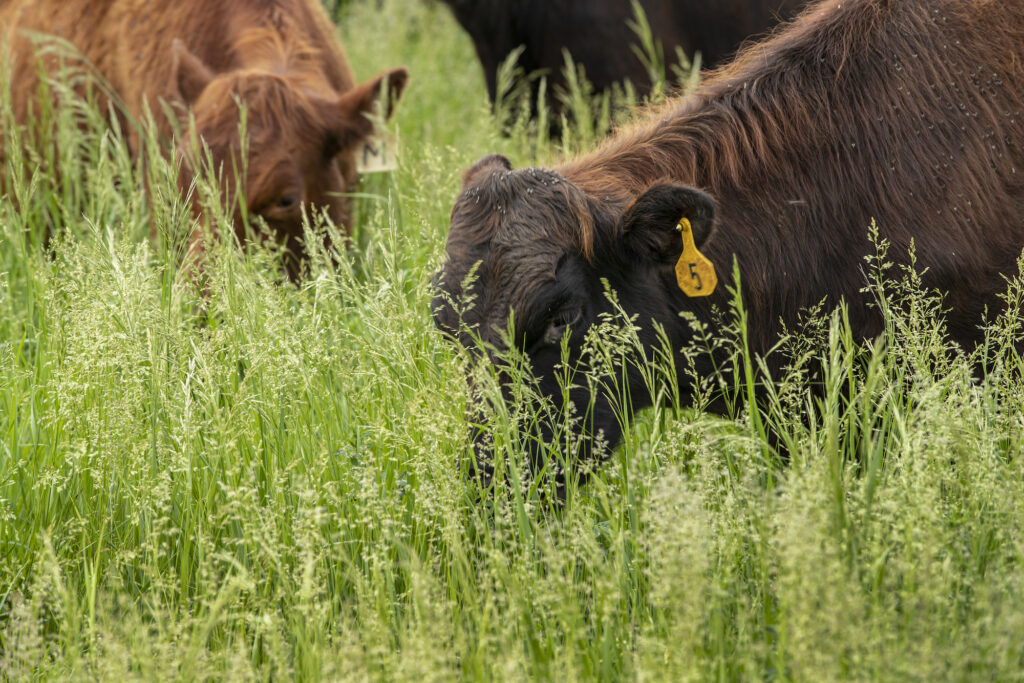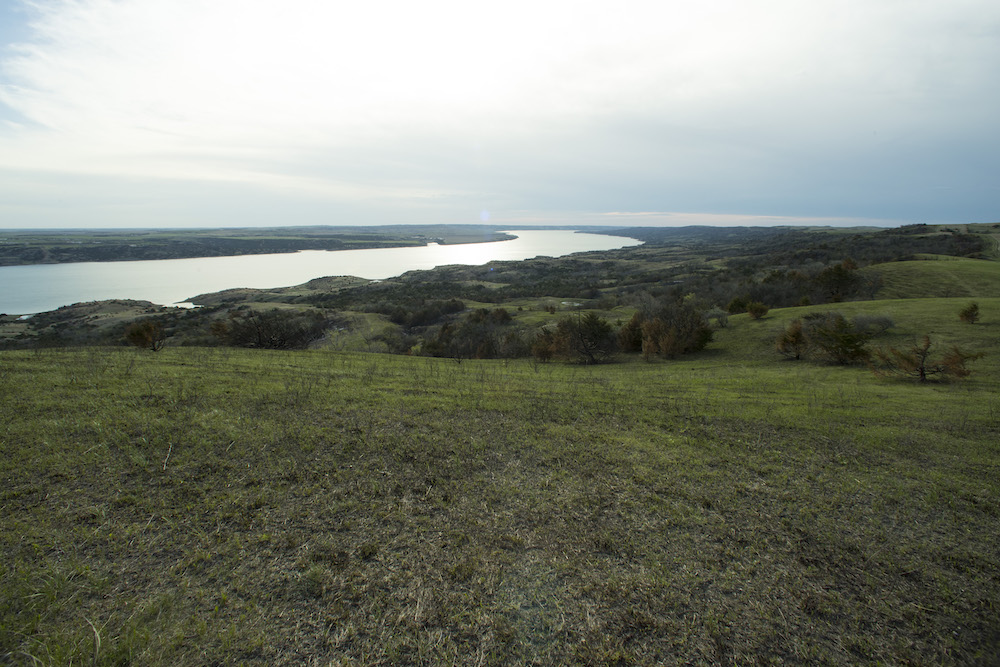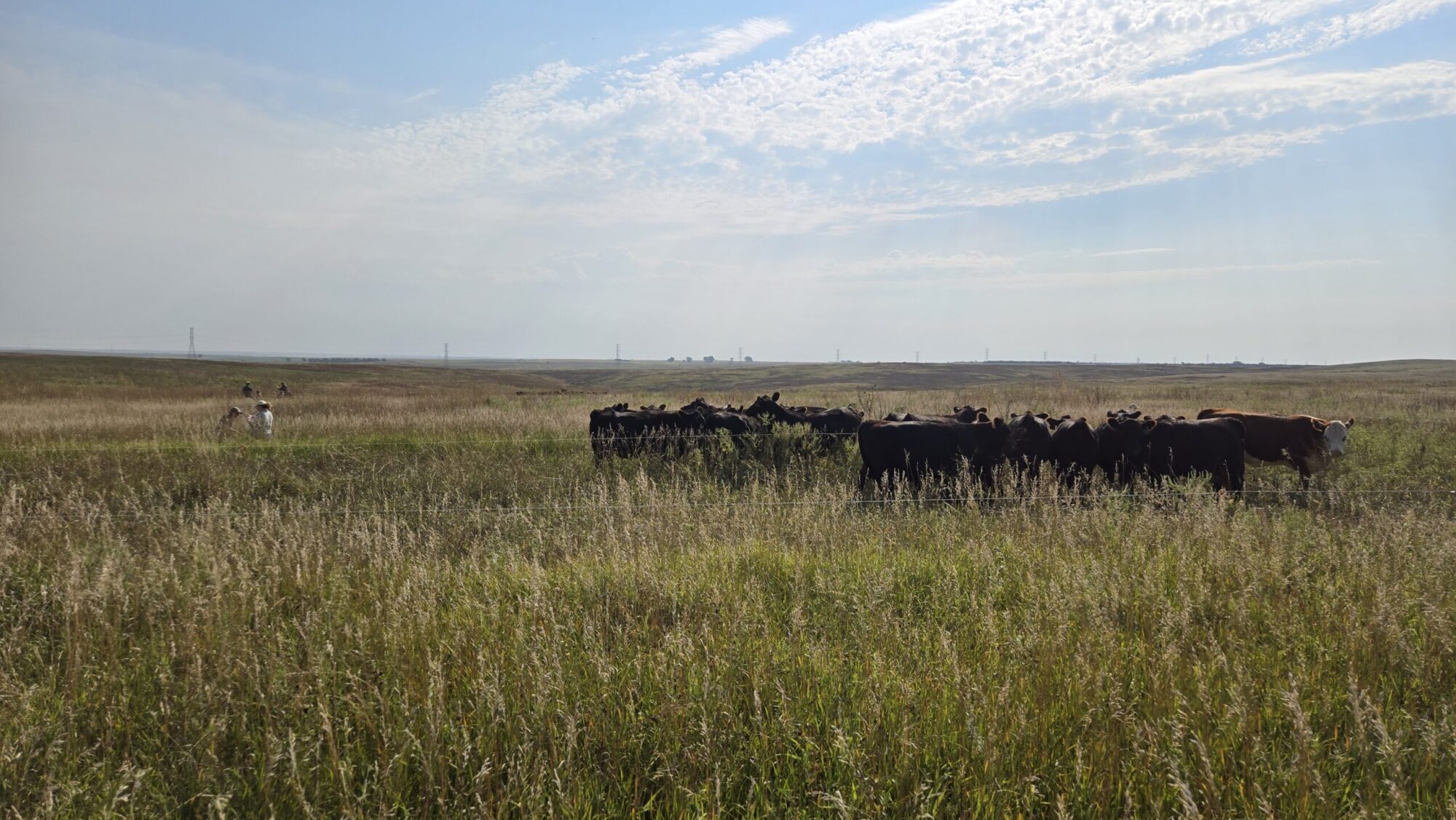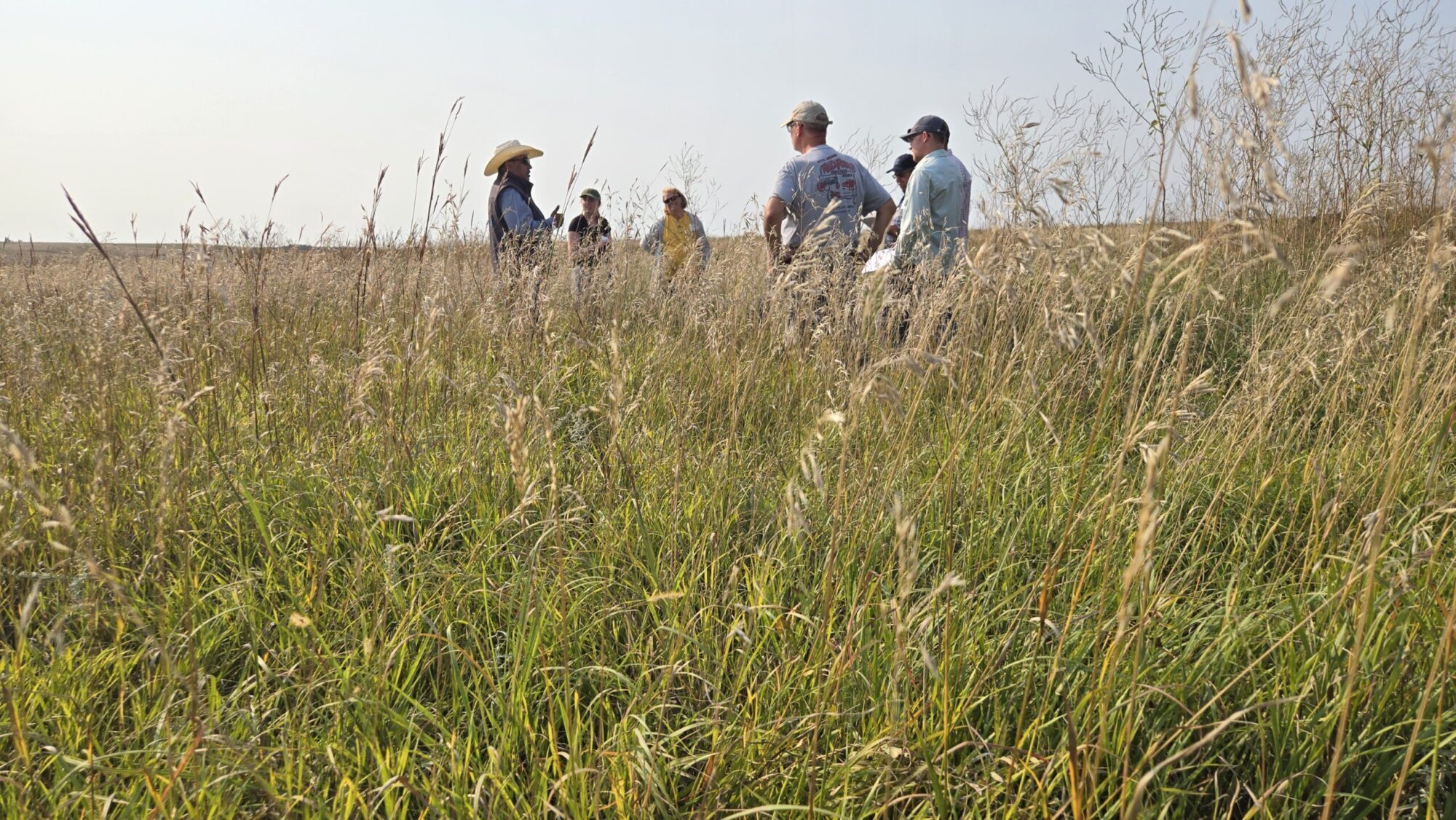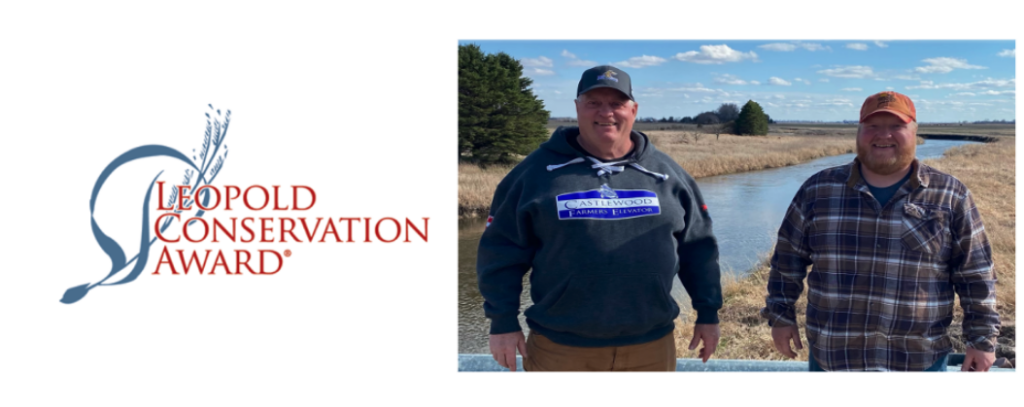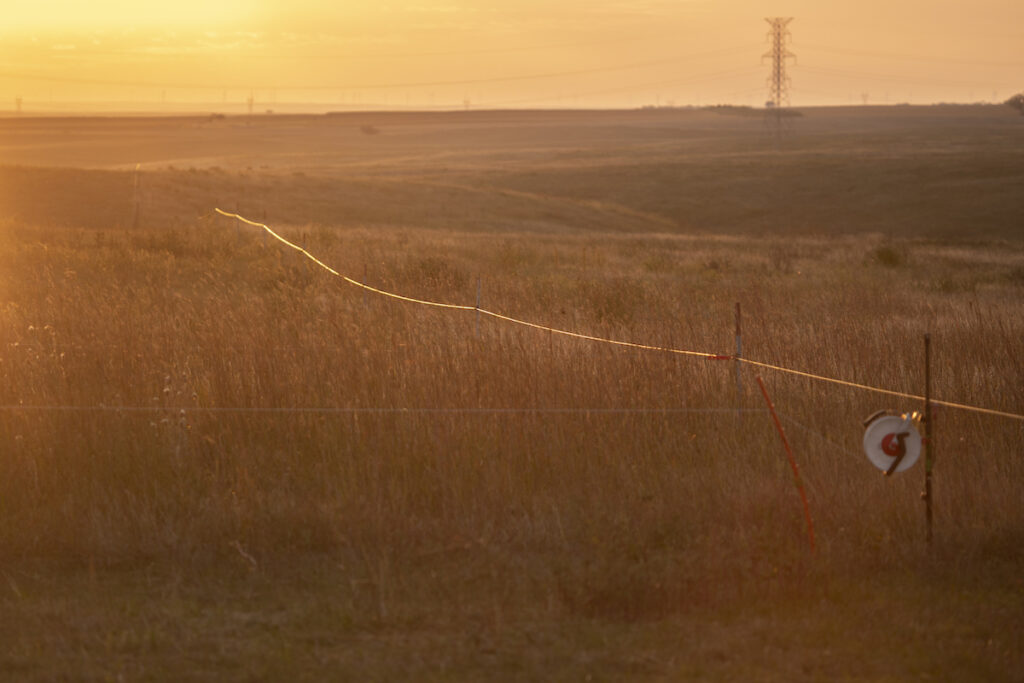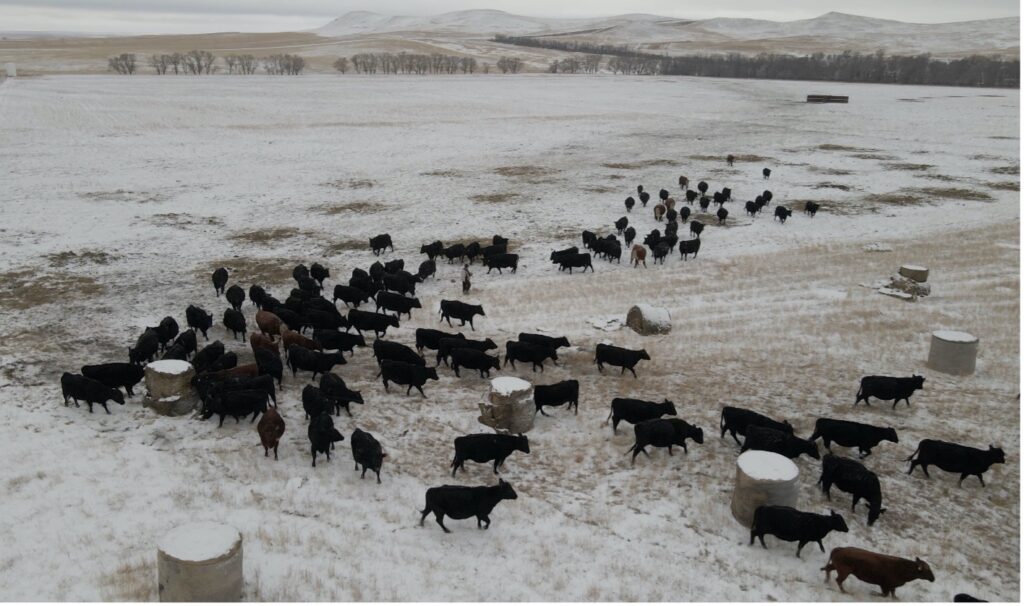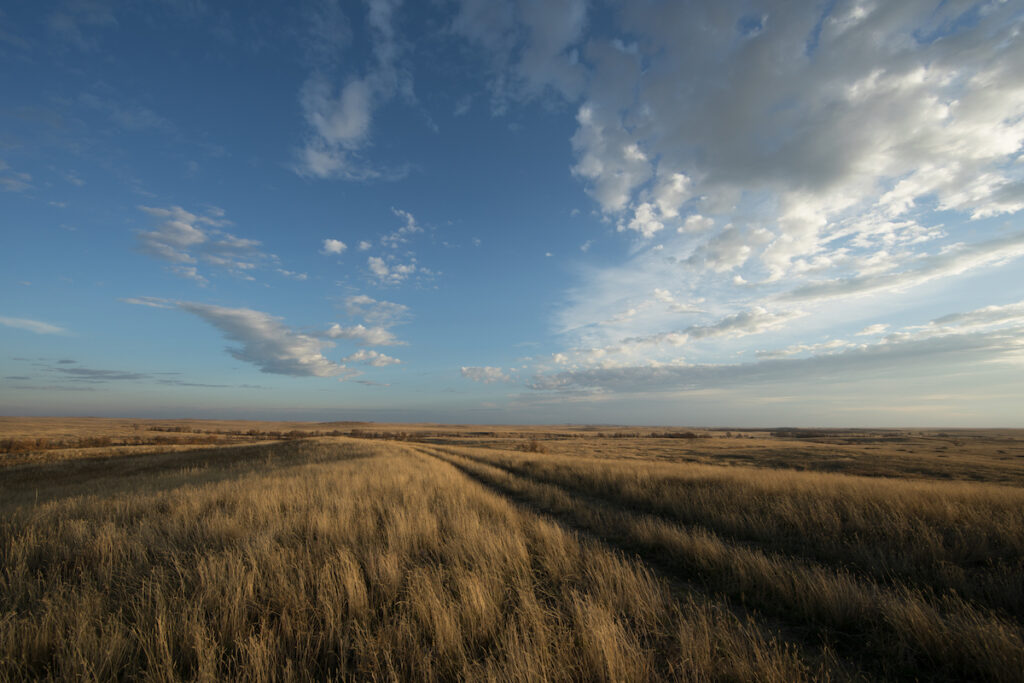American agriculture is in the beginning of one of the largest transfers of land and wealth in the nation’s history. Only 30% of family farms/ranches survive to the second generation. Twelve percent make it to the third and only 3% survive to the fourth generation.
Regenerative Grazing Planning Read More »
